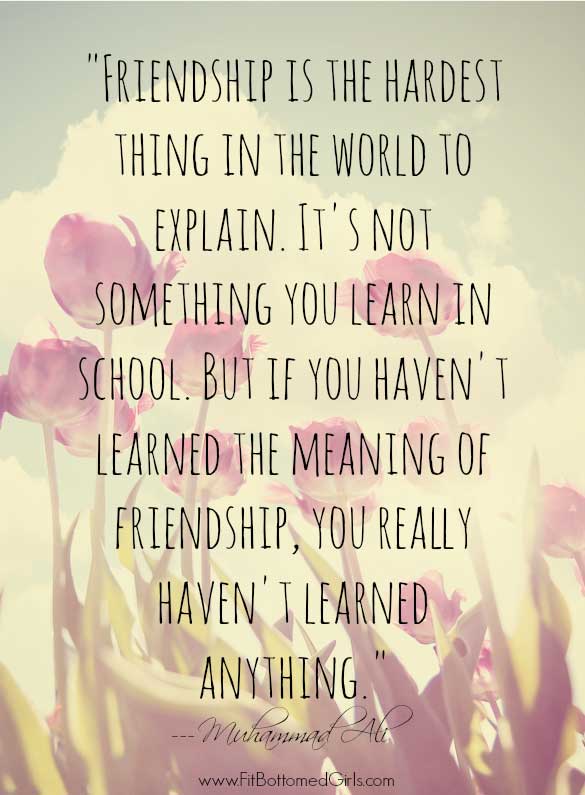

: 246 As children mature, they become less individualized and are more aware of others. : 246 Most children tend to describe friendship in terms of things like sharing, and children are more likely to share with someone they consider to be a friend. : 498 Such friendships provide opportunity for playing and practicing self-regulation. The understanding of friendship by children tends to be focused on areas such as common activities, physical proximity, and shared expectations. Various academic theories of friendship have been proposed, including social exchange theory, equity theory, relational dialectics, and attachment styles.īuilding friendships in childhood can help develop social skills like empathy and openness. Similarly, being in the friend zone describes someone who is restricted from rising from the status of friend to that of lover (see also unrequited love).įriendship has been studied in academic fields, such as communication, sociology, social psychology, anthropology, and philosophy. Sometimes friends are distinguished from family, as in the saying "friends and family", and sometimes from lovers (e.g., "lovers and friends"), although the line is blurred with friends with benefits. Although there are many forms of friendship, certain features are common to many such bonds, such as choosing to be with one another, enjoying time spent together, and being able to engage in a positive and supportive role to one another. Other colloquial terms include besties or Best Friends Forever ( BFFs). and Canada, a person could have many friends, and perhaps a more intense relationship with one or two people, who may be called good friends or best friends. In some cultures, the concept of friendship is restricted to a small number of very deep relationships in others, such as the U.S. It is a stronger form of interpersonal bond than an "acquaintance" or an "association", such as a classmate, neighbor, coworker, or colleague. Friendship is a relationship of mutual affection between people.


 0 kommentar(er)
0 kommentar(er)
